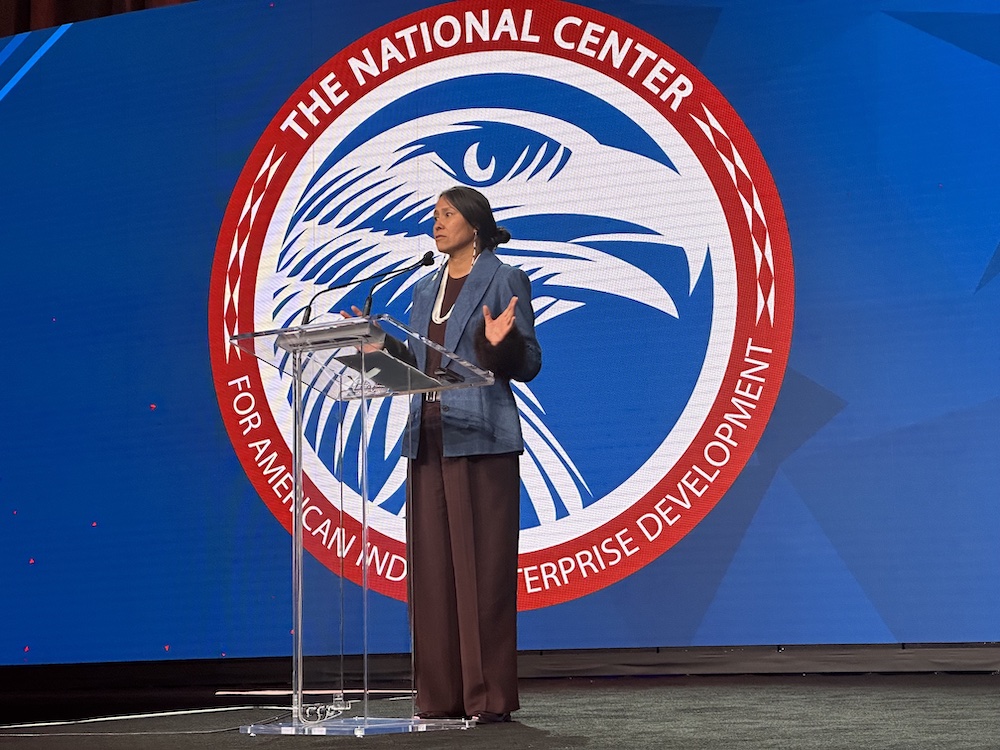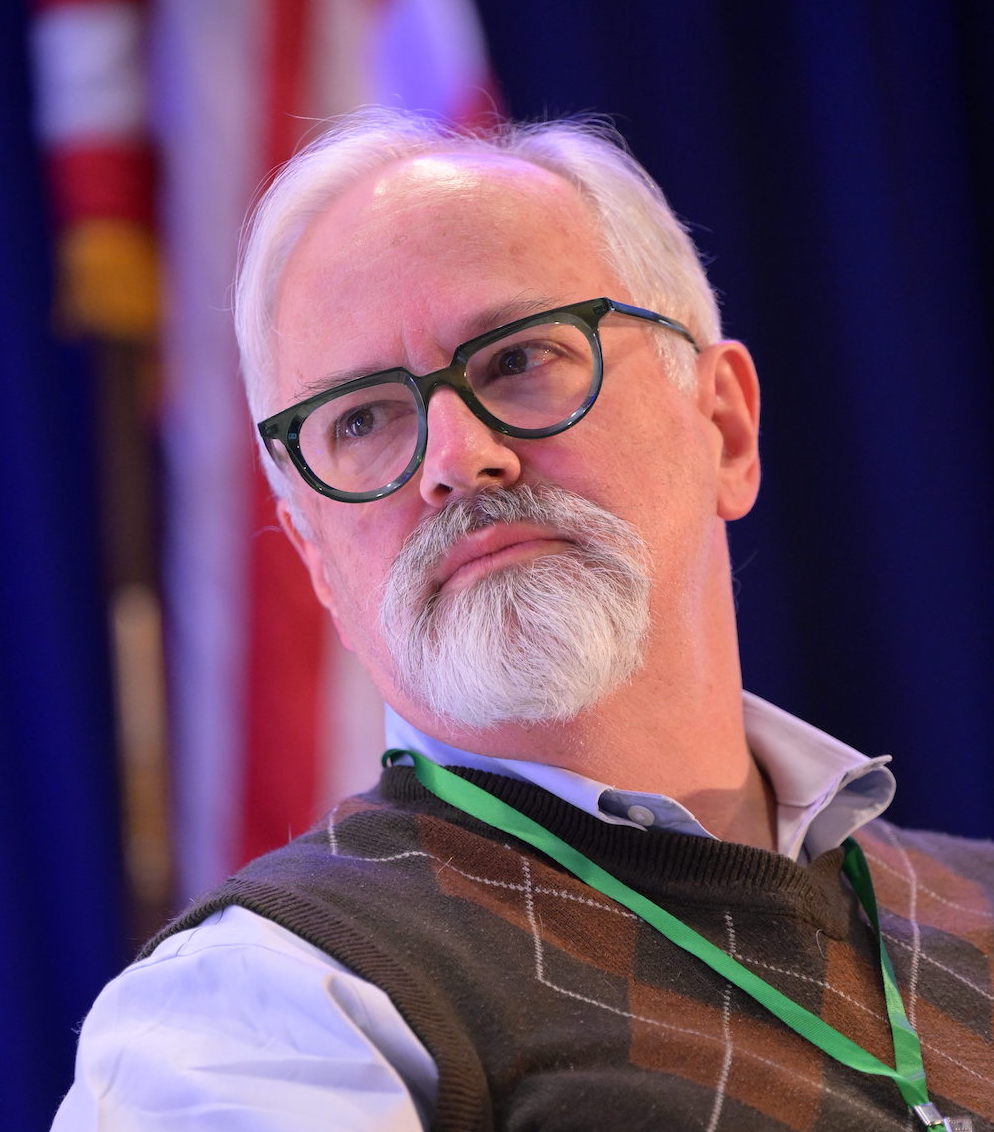
- Details
- By Brian Edwards
- Energy | Environment
LAS VEGAS — The Department of Energy this morning announced its first-ever loan guarantee under a decades-old tribal financing program that has never been used to back a project.
The DOE’s Loan Programs Office announced a conditional commitment for a $72.8 million partial loan guarantee to finance development of a solar and long-duration energy storage microgrid on the tribal lands of the Viejas Band of the Kumeyaay Indians in southern California. Wahleah Johns, director of the Office of Indian Energy Policy and Programs, shared news of the loan deal during her remarks this morning at the 2024 Reservation Economic Summit (RES) in Las Vegas.
“I’m sure many of you know about the Tribal Energy Finance program (and) that we have not been able to exercise this loan authority,” Johns told the RES crowd. “Today is a new day.”
The Viejas Microgrid Project, which is already under construction, will supply the Viejas Band with 15 MW of photovoltaic solar generation and a 38 MWh battery storage system. Through a long-term power purchase agreement (PPA) via a subsidiary, the Viejas Band aims to power its commercial ventures, such as gaming, hospitality, and retail facilities.
The project will allow the tribe to benefit from lower energy bills and use those savings toward investment by the tribe in infrastructure maintenance, operation of the fire department, tribal culture and education programs, and other tribal member services, according to Johns. The project is also expected to create 250 construction jobs and eight permanent jobs, per a DOE statement.
The borrower is a tribal energy development organization (TEDO) owned by Anaheim, Calif.-based Indian Energy LLC, a Native-owned business serving as project developer, and two federally recognized Tribal nations, the Sault Ste. Tribe of Chippewa Indians in northern Michigan and the Turtle Mountain Band of Chippewa Indians in North Dakota. The tribes will eventually gain revenue from the project through their ownership stakes.
“It’s incredible to see tribes investing in other tribes,” Johns said. “I think this is an amazing model and speaks to the energy sovereignty era.
“When you talk about tribal clean energy or energy sovereignty, this is the example that we’re trying to encourage more of — tribes helping tribes, and making sure that tribes are winning.”
The project, which broke ground in February 2023, is funded partially by a California Energy Commission grant for long-duration energy storage.
The Viejas microgrid project is the first to be offered a conditional commitment through the Tribal Energy Financing Program — also known as the Tribal Energy Loan Guarantee Program (TELGP) — that was provided new and expanded loan authority under the Inflation Reduction Act (IRA).
The TELGP program has been criticized for its high costs and lack of activity since it was first funded in 2017, a situation that drew bipartisan ire from the Senate Committee on Indian Affairs last year.
The program was originally authorized in the Energy Policy Act of 1992 and first funded by Congress in 2017. More recently, the IRA increased the program’s available loan authority from $2 billion to $20 billion, and changes from both IRA and the Consolidated Appropriations Act in 2022 made permanent the ability for applicants to apply for direct loans from the U.S. Treasury’s Federal Financing Bank.
